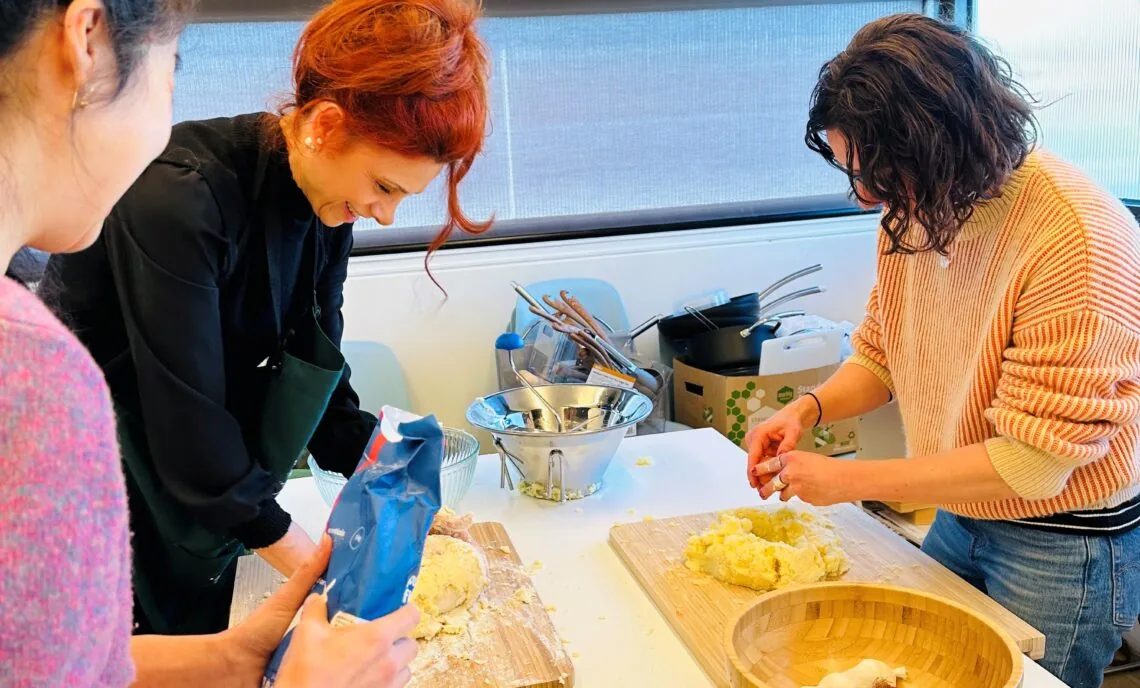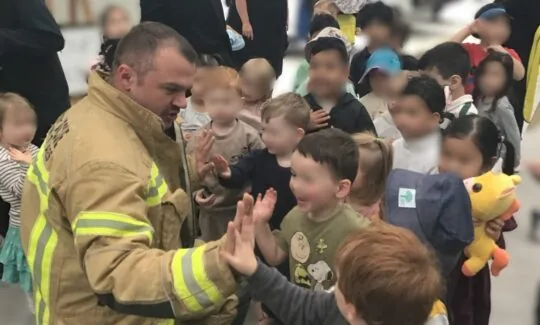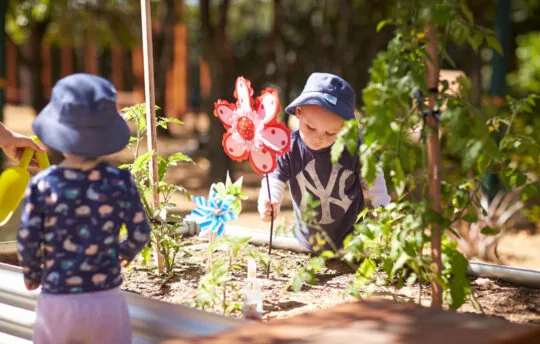Managing Separation Anxiety


What is Separation Anxiety?
According to Dr Kim Shortridge, to understand what separation anxiety means, it is helpful to understand the definition of anxiety, and what it looks like in children. Anxiety is when worries or fears get in the way of daily life and cause distress. Anxiety consists of thoughts, feelings and behaviours.
The cycle of separation anxiety for a child can look like:
-
Thought: “What if no one picks me up today and I am left alone?”
-
Feeling: A racing heart, swirly tummy, fast and shallow breathing, and feelings of worry
-
Behaviours/Actions: Crying, screaming, refusing to be left alone, and asking the same questions over and over, such as “do you promise to pick me up today?”
0-6 Months
In children aged 0 – 6 months separation anxiety is uncommon, as they have not yet developed the brain hardware or formed a strong attachment to individuals.
6-18 Months
From 6 – 18 months it is typical for a child to show distress when separated from a parent. This is because their attachment systems are now developing. Attachment essentially means that a child’s parent has responded to their needs appropriately, enough of the time, to help that child to feel safe and protected. Their brain has hardwired to know that this person is their safe person. When that safe person leaves, the world can feel scary for a child.
3 Years
By the time a child is about 3 years old, it is typical for them to be able to separate comfortably from a parent. They often have the knowledge that they will be ok without them and that the parent will return. You might hear a few whimpers and requests for their parent to stay every now and then. Perhaps this happens when they feel sick or tired. However, this should be infrequent and typically not too distressing for the parent or child.
Some techniques for dealing with Separation Anxiety:
You may like to try the following if your child is experiencing separation anxiety or distress when you drop them off:
-
Try to say goodbye the same way each time – consistency is key. Make your goodbye a message of love with a future-focus. Such as, “I love you, have a great day, see you when I pick you up this afternoon”
-
Say goodbye to your child in a special and loving way. Perhaps you can blow them a kiss to keep in their pocket for the day
-
Encourage bravery with warmth. Briefly validate their emotions by saying, “I know, it’s hard saying bye”. Then continue to say your goodbye to them in a warm and loving tone
-
Act bravely yourself so your child does not see your own distress
-
Reunite with your child in the same, warm way, every time. Again, the key is consistency
“a good goodbye is a quick goodbye”
To make goodbyes easier on you and your child, try to remember the mantra “a good goodbye is a quick goodbye”. Staying too long to help ease your child into their day will only extend their distress. The goodbye is coming whether they like it or not.
When some extra help might be useful:
There are a few instances where your child might benefit from extra help with getting their worried thoughts more under control. These might be:
-
If your child is showing fear and distress, at the time of separation, which seems inconsistent with their developmental level or age
-
If your child seems worried about their loved ones being harmed or hurt while they are not with them
A dual approach
To help children experiencing separation anxiety it is best to implement a dual approach, involving the parent and the child.
-
Parenting sessions: When a parent understands the worry cycle, they are more equipped to respond in ways that are helpful for their child. There are things that parents can do to help break the worry cycle, such as using the earlier goodbye tips. When a parent is knowledgeable they are able to look at the situation and implement positive changes to improve it.
-
Play-based sessions with the child: A child’s first language is play. A skillful Psychologist will use play to help a child access and apply skills and knowledge they already have, as well as learn new skills. Using tools such as puppets, dolls, drawing and games can help a child learn that it is ok to say goodbye. They will be safe, and their care-giver or parent will return.
When should you address worries?
It is generally recommended to address worries sooner rather than later. Worries are negatively reinforcing. This means that the things we do to improve the worrying situation such as staying to comfort our child when saying goodbye, will make things harder in the long run. In a nutshell, worries tend not to improve on their own. This can lead to your child developing different worries, and even lead to other psychological concerns, such as low mood, down the track. Therefore, you might like to try some of the strategies listed above to help your child if they are finding it hard saying goodbye.
Little brains need lots of practice doing things in a new way, so it can take time to see big changes. If goodbyes are still tough after you’ve tried to improve them using the strategies in this article, you might like discuss with your Oac Campus Director or consider contacting Sydney Psychology Centre to help you and your child better manage goodbyes.
For more great reading: Emotional Regulation in Children and Managing Children’s Anxiety Around Coronavirus
Only About Children can help your child to grow, make friends and explore the world.
Only About Children can help your child to grow, make friends and explore the world.
Related Reads


Family Cooking Classes at OAC Elsternwick
Families at OAC Elsternwick recently joined our second hands-on cooking class, led by Educational Leader Enza, to learn, connect and explore our nutrition program in action.

OAC Asquith engages with our community emergency services
Stop, drop and roll, stranger danger, healthy bodies, and sirens
